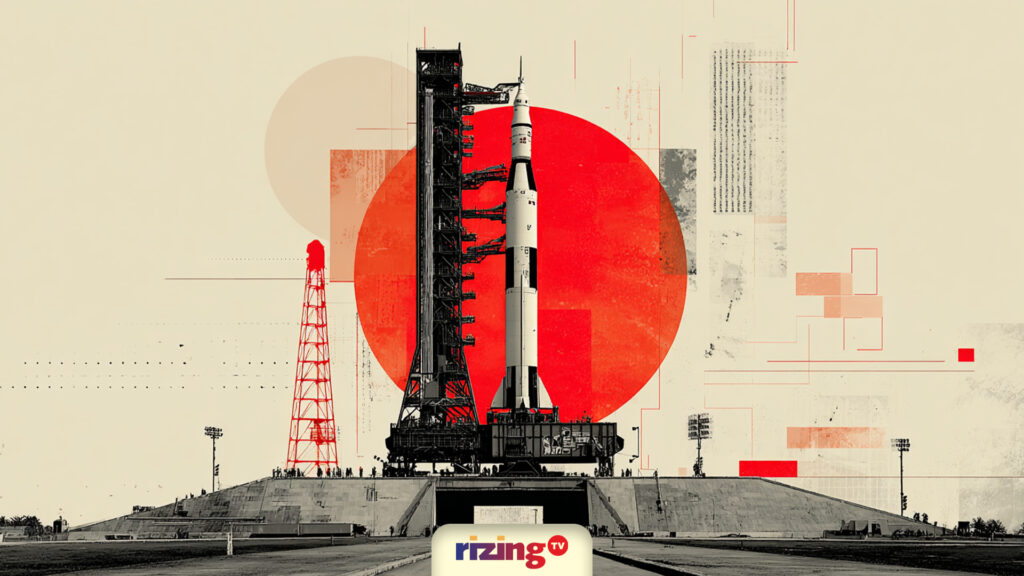India’s space journey is undergoing a transformation, and it’s no longer just the story of ISRO launching missions to the Moon or Mars. The real momentum today is being generated by a new cohort of private space startups, fueled by investor capital, policy reforms, and a belief that the next trillion-dollar opportunity isn’t in rockets, but in what comes after.
“India’s space economy, currently valued at around $8.4 billion, is projected to grow to $44 billion by 2033, aiming to capture an 8% share of the global space market” says Dipal Dutta, CEO-RedoQ. He continues “the rise in private space enterprises is one of the main factors contributing to this expansion. The number of space startups has grown from just one in 2014 to over 200 in 2024. As a result, technology focused on satellite-based analytics, Earth observation services, precision agriculture, climate monitoring platforms, and communication networks is going to see immense growth in the coming years.
Companies exploiting imaging technology like synthetic aperture radar (SAR) for port congestion analytics, agriculture, and disaster response are already establishing and registering demand”.
In 2024 alone, Indian space startups raised over $120 million in funding. By the end of this year, that number may double. The public spotlight has largely focused on launch-tech startups like Skyroot Aerospace and Agnikul Cosmos, who are making low-cost private launches a reality.
But look beyond the countdowns and launches, and a far more expansive and commercially promising space economy is taking shape.
A New Orbit: From Launch to Lifecycle
The space economy is no longer about getting to orbit. It’s about what you do once you’re there. Startups like Pixxel and SatSure are pioneering satellite analytics, transforming streams of raw satellite imagery into actionable insights for agriculture, urban planning, disaster preparedness, and insurance underwriting.
Imagine a farmer in Bihar receiving satellite-generated crop health alerts, or a municipality in Kerala using geospatial data to plan flood defences before the monsoon hits. These are no longer hypothetical use cases, they’re happening now.
Defense & Surveillance: India’s Eyes in the Sky
Another key frontline is national security. Tensions are soaring across the world including in South Asia. This includes ever evolving cyber-physical threats. This is why start-ups are building AI-based reconnaissance systems that can monitor troop movements, detect unlawful border crossings, and track unsanctioned maritime activity, all of this using satellite constellations and real-time image recognition technologies. This isn’t just advancement, it’s strategic infrastructure.
As civilian plus defense tech gains traction globally, Indian space startups that can link both markets will likely see sustained governmental support and long-term contracts. This is where defense-tech not just impactful but also profitable.
Insurance & ‘Space-as-a-Service’
As the number of satellites in orbit rises, so does the risk, of collision, of signal interference, of component failure. Enter space insurance. A new generation of startups is designing policies to cover everything from failed deployments to orbital debris damage.
Meanwhile, the satellite-as-a-service model is democratizing space access for startups and SMEs. Instead of building and launching a satellite, a business can now lease time or data from one. This model significantly lowers the entry barrier, enabling new industries, from logistics to climate-tech, to plug into the space economy without major capex.
Policy, Talent & Affordability: The India Edge
This growth hasn’t happened in isolation. The Indian Space Policy 2023 was a game changer. It opened ISRO’s facilities to private players, fast-tracked approvals through IN-SPACe, and enabled private payloads to piggyback on public missions. That means a prototype that might’ve waited years for a test launch can now reach orbit in months.
Add to this India’s globally recognised engineering talent and culture of frugal innovation. From ISRO’s sub-$100M Mars Orbiter Mission to Agnikul’s 3D-printed engines, Indian space tech consistently punches above its weight. It’s no wonder Indian startups are drawing interest not just from domestic investors, but from clients in Africa, the Middle East, and Southeast Asia.
What’s Next?
The global space economy is projected to hit $1 trillion by 2040. But here’s the catch: 80% of that will come not from launch vehicles, but from downstream applications like Earth observation, satcom, navigation, and data-driven services.
India’s space economy, currently worth $8 billion, is expected to grow to $40 billion by the same year. And startups will drive the lion’s share of this growth.
Expect to see Indian startups going public, forming global joint ventures, and embedding satellite data into everything from carbon markets to AI models for climate risk assessment. Watch this space for ventures that combine defense tech, sustainability, and deep data infrastructure.
We’ll keep tracking how India’s space startups move beyond the Launchpad, into analytics, defense, insurance, and beyond.
The next space race isn’t about reaching the Moon first. It’s about who can best build on what they find once they get there.

